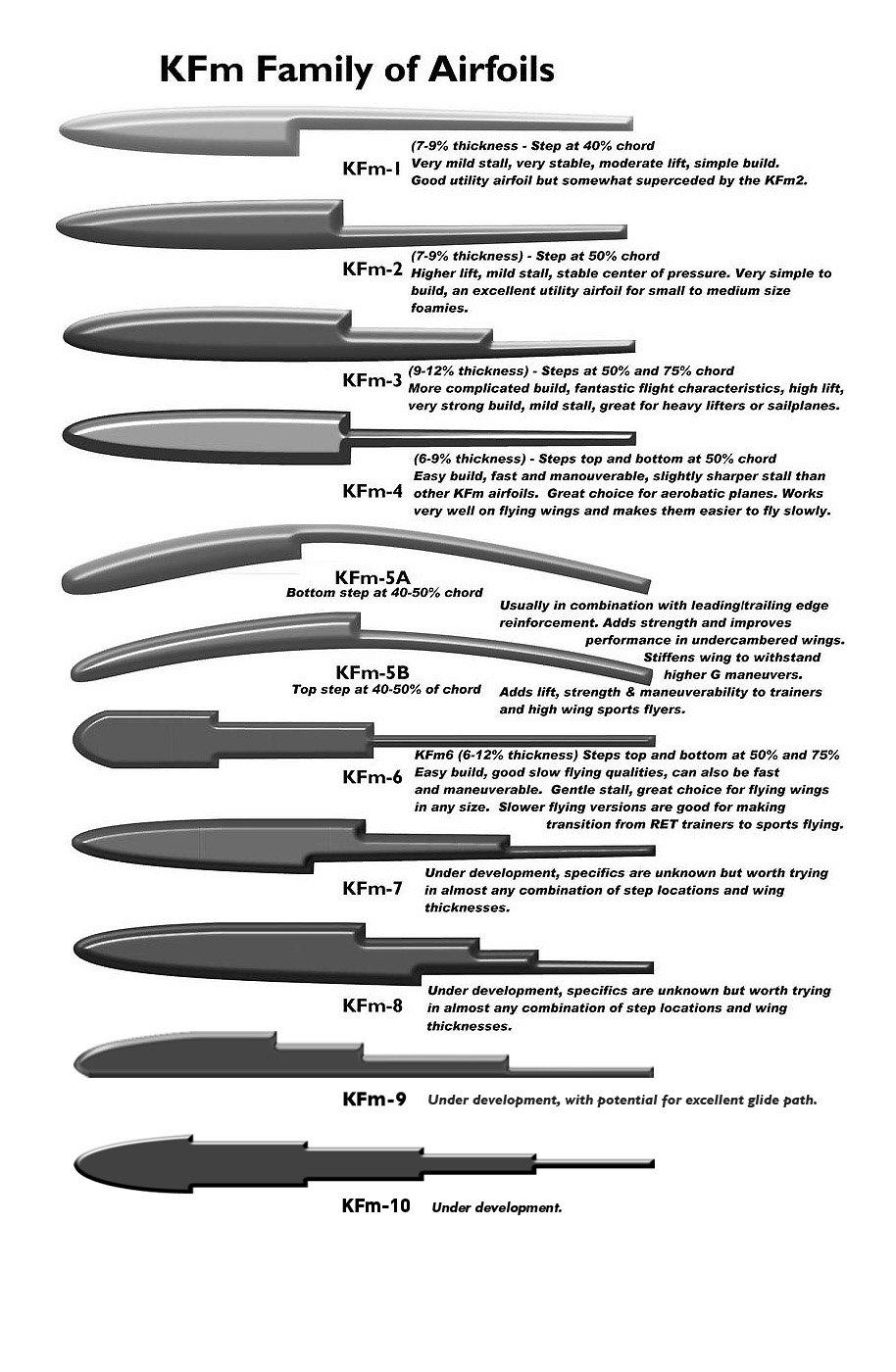Table Of Content

The essential flow physics of stall has been previously discussed and is illustrated schematically in the figure below. At low subsonic Mach numbers, the onset of stall usually occurs at an angle of attack between 12 and 15 depending on the airfoil section and the Reynolds number. Higher Reynolds numbers inevitably delay the onset of flow separation and stall, increasing the value of . Higher Mach numbers generally reduce the values of because of the higher adverse pressure gradients over the upper surface.
Thrust Line Effects
Phillips also tested these airfoils in one of the very first wind tunnels. Calculating or measuring pressure distributions over body shapes, such as on airfoil sections, is possible. The process of integration around the body contour can then be used to find quantities such as lift, drag, and pitching moment coefficients. The pressure values are typically two orders of magnitude greater than the shear stress, so adequate results for the lift can often (but not always) be obtained by considering only the pressures.
Representative Force & Moment Coefficients
In practice, this point will be at least one chord length upstream of the airfoil. As will be shown, the free-stream dynamic pressure is often used as the reference pressure in the definition of most of the non-dimensional coefficients used in airfoil and wing aerodynamics. In the first instance, it seems obvious to understand the aerodynamic behavior of a wing without the influence of the tip vortices. To that end, it is possible to think of a case where the wing span and corresponding aspect ratio become infinitely large. Under these conditions, the effects of the tip vortices are moved so far away from the central part of the wing that they will have a negligible impact, the principle being shown in the figure below. Still, with higher aspect ratios, the effects of the wing tip vortices are sufficiently far removed that an airfoil at mid-span behaves effectively as if it were in a two-dimensional flow.
Supercritical Wing Design Cuts Billions in Fuel Costs - Tech Briefs
Supercritical Wing Design Cuts Billions in Fuel Costs.
Posted: Wed, 18 Mar 2020 07:00:00 GMT [source]
NACA 3-Digit 231-Series Reflexed Airfoils
Understanding the aerodynamic behavior of airfoils and wings (often referred to as lifting surfaces) is a significant part of the practice of aerospace engineering, and this understanding is critical to the successful design of all aircraft. Any lifting surface that is moved through a fluid will create some form of fluid-dynamic force upon it. By definition, the component of this force that acts on the surface in a direction perpendicular to the relative free-stream velocity or “relative wind direction” is called the lift, as shown in the figure below.

The figure below shows the effects of a flap on the lift characteristics of an airfoil. First, notice that the flap deflection introduces a form of trailing-edge camber, so the lift curve shifts to the left, giving a much lower zero lift angle of attack, changing from about -2o to nearly -16o. Second, notice the significant increase in the maximum lift coefficient from about 1.6 to 2.6 before the airfoil stalls. Such substantial increases in the lift coefficient before the onset of stall are beneficial because they will allow a wing to fly at a lower airspeed. Therefore, flaps will significantly decrease an aircraft’s takeoff and landing distances.
Here, and need to be defined for the flow over a rotating cylinder which is the composition of a uniform flow + doublet + line vortex and is described here. Hence, at its basis, a Joukowsi airfoil is an airfoil created from “transforming” a cylinder (and its flow) to an airfoil using a special transformation. Which is a constraint that states that the slope of the camberline is equal to the slope of the velocity. Let us review all of these concepts to understand the core theory of airfoil aerodynamics. Viscosity is essential in generating lift; it is responsible for the formation of thestarting vortex, which in turn is responsible for producing the proper conditions forlift.

The effect of the surface on the movement of the fluid moleculeseventually dissipates with distance from the surface. The area where these viscous effectsare significant is called the boundary layer. The grid generation process for CFD solutions can take on a variety of types, including structured and unstructured. Structured grids are geometrically regular, whereas unstructured grids have more randomly generated points, which is a valuable approach that can reduce the computational time needed to find a flow solution. Several software tools are available to engineers to help create grids about particular airfoil shapes. The fidelity of the resulting aerodynamic solution strongly depends on the grid, especially the number of grid points, which can reach many millions.
Zenith Aircraft Co. CH-750
Quantities such as maximum lift coefficient, minimum drag coefficient, maximum lift-to-drag ratio, pitching moments, and other metrics can all be significant in quantifying the aerodynamic characteristics of airfoils. However, interpreting the results on these preceding graphs and finding relevant quantities takes some practice because many points and curves almost overlap, which can be confusing. For symmetrical wings or wing tips, lift is created due to the angle of attack. This airfoil shape is advantageous for certain applications, as a wider range of angles can be traversed without the threat of boundary layer separation. Additionally, if used near the wing tip or in the aileron area (a control part of the wing trailing edge that is typically hinged), these aircraft are better able to avoid aerodynamic stall due to spin.
However, such airfoils have seen better success for us on the smooth, almost glass-like wings of sailplanes, although the wings must be polished and always be kept completely clean and free of bugs, etc., for laminar flow to prevail. Nevertheless, obtaining an extensive laminar flow region on an airfoil can profoundly reduce its drag, at least over some smaller range of angles of attack and lift coefficients. Unfortunately, a practical and robust means for achieving extensive laminar flow regions on an airplane wing remains a research challenge, although certain surface coatings have been found to help. At low angles of attack, the lifting characteristics of an airfoil are not substantially influenced by viscosity and the presence of the boundary layers.
By definition, the center of pressure is a point about which the moments are zero, i.e., a point where the resultant forces can be assumed to act. The principle is illustrated in the figure below, the center of pressure location effectively being the balance point (or fulcrum) of aerodynamic forces. The corresponding drag polar is shown in the plot below, which is another helpful way of summarizing the effects of the Reynolds number on the aerodynamic characteristics. Notice again the profound effects of reducing Reynolds number, which deleteriously affects the lift-to-drag ratio, especially below values of 50,000.
In the meantime, it is possible to proceed under the assumption that either measurement or calculation can be used to obtain these integrated results, a particular approach being detailed at the end of this chapter. The lift coefficient of an airfoil is increased by increasing the angle of attack up to the stall angle. Let’s take our new-found airfoil knowledge and apply it to a small study that nicely illustrates how different airfoil profiles are used on different aircraft to help fulfill that aircraft’s intended mission. We’ll introduce the three aircraft in our study, characterise the properties of the airfoils selected, and then compare them directly, by examining each airfoils’ lift and drag properties. The length of the airfoil from leading to trailing edge is known as the airfoil chord. This often varies down the span of the wing as the wing tapers from the root to the tip.

No comments:
Post a Comment